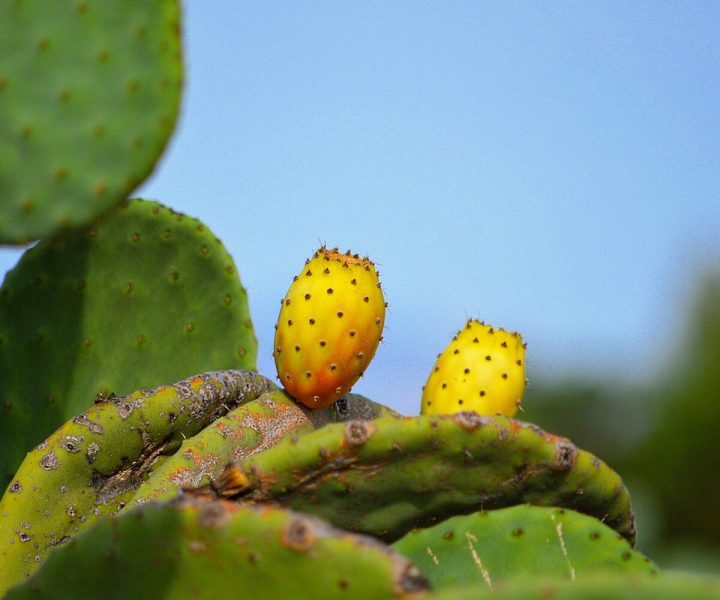
Surviving in the wilderness is sometimes about more than just getting shelter, food, and water. There are times when it’s about preventing an injury from getting worse than it already is.
Luckily, coagulants, anti-inflammatories, and antiseptics are abundant in nature, as all sorts of medicines are rooted in botanics. Learning to identify them could make all the difference when it comes to your survival.
Big/wild Sage
Uses: Deodorant, antiseptic, bug repellent
Habitat: High altitude areas, foothills, and plains
What to gather: Seeds and leaves
This plant has a myriad of uses everything from repelling mosquitoes to treating a fever. It even works as a makeshift deodorant! Rub the sage on your skin to repel insects, and make it into a tea to combat infections. To treat lung infections and asthma, inhale the steam from the boiling drink, or rinse your mouth and throat with the tea to help with a sore throat or a mouth infection.
The leaves can be chewed and directly applied to your skin to treat a wound or prevent infection, and you can also use the leaves as an alternative to alcohol to clean your hands and kill any infections.
To use as a deodorant, rub the raw leaves on your skin, or toss the sage into the fire and bathe in the smoke to eliminate body odor and kill bacteria.
Pineapple Weed
Uses: Calmative, digestive relief, insect repellent
Habitat: Can be found in disturbed soil in high altitude areas and foothills
What to gather: Flowerheads and leaves
To relieve itching or repel insects, rub the leaves on your skin. Making a tea out of pineapple weed will alleviate menstrual cramps, calm your nerves, and help with diarrhea, indigestion or upset stomachs as its a member of the chamomile family.
Narrow-leaved Yucca
Uses: Bacterial, fungal, anti-viral, soap
Habitat: High altitude zones and plains
What to gather: Roots
The roots of the narrow-leaved yucca plant are a natural source of soap, as they contain high levels of saponin, which has many functions including an anti-fungal, anti-viral, and anti-bacterial foaming detergent agent. Dig up the plant including the root, and cut it off, removing all the dirt. The outer layer needs to be peeled and crushed with a knife blade or clean rock. Add water and swish your hands together to produce a foam.
Prickly Pear Cactus
Uses: Burn relief, bandage
Habitat: Mountain zones, foothills, prairies and high mountain deserts
What to gather: Fleshy pads
Create a bandage out of the pads by burning off the spines to apply to any burns or wounds. Any smaller needles can be removed by cutting off the outer skin. It’s crucial that you remove all spikes since, while they can be small, they can cause your skin wound to aggravate and become worse. Never try to remove the spines using your mouth; always remove them with heavy gloves, a cloth, or a stick. Swallowing the needles may cause serious injury or death.
Trembling Aspen
Uses: Sunblock, anti-inflammatory
Habitat: Subalpine zones and foothills
What to gather: Powdery substance on the outer bark, inner bark, and leaves
The inner bark and leaves of the trembling aspen are rich in an anti-inflammatory called salicin, which resembles one of the active ingredients of aspirin. To reduce inflammation, cure a fever, diarrhea or relieve pain, chew the leaves raw. To prevent sunburn, rub the powdery coating, as it has a sun protection factor of 5.
Rocky Mountain Willow
Uses: Bandage, anti-inflammatory
Habitat: Subalpine zones and plains
What to gather: Leaves and bark
Use the leaves as bandages to promote wound healing. The salicin in the tree bark can be used as a diuretic, tonic, anti-inflammatory, or astringent. Make a tea out of the tree bark to wash your wounds, or relieve diarrhea, fever, or headaches.
 Your Privacy Choices
Your Privacy Choices
 The
The